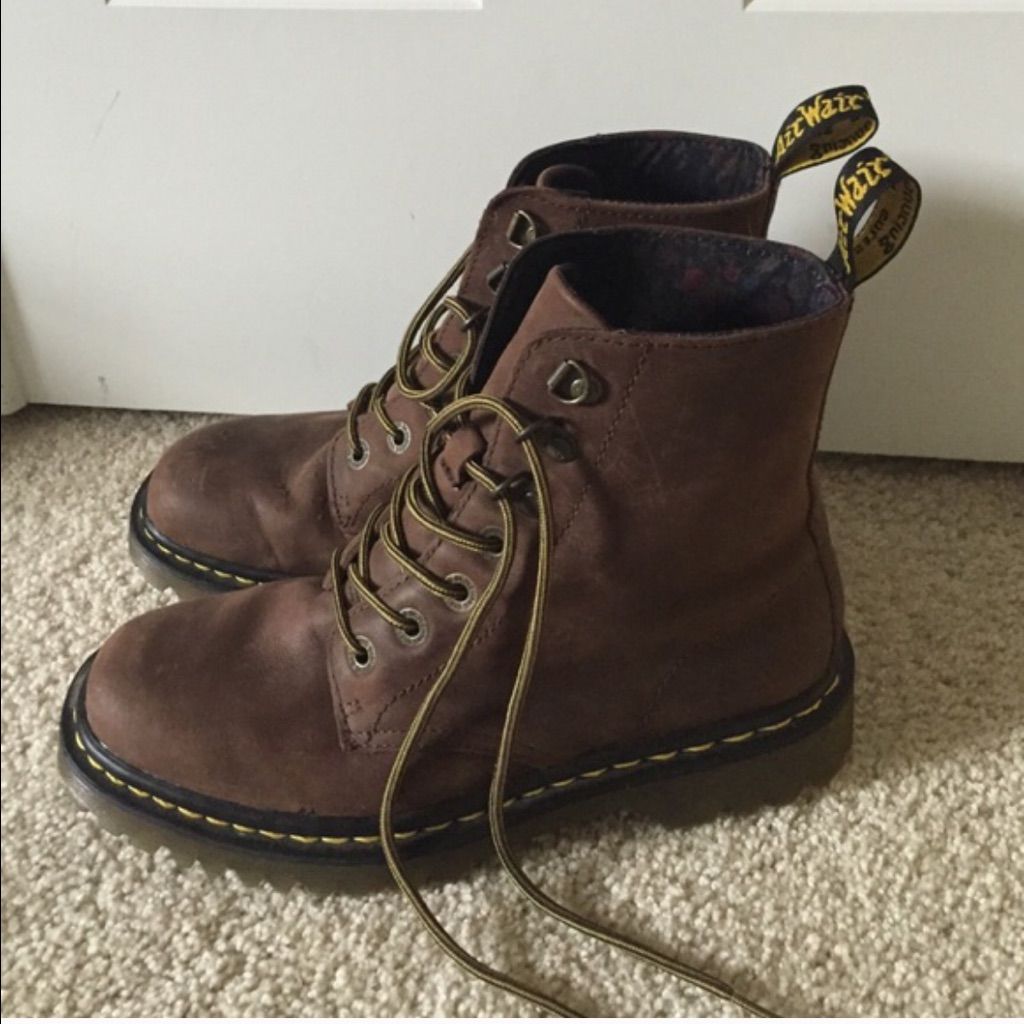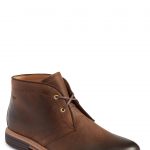Chukka boots are a stylish and versatile footwear option that has remained popular for decades. The name “Chukka” is said to have originated from the game of polo, where a chukka is a period of play lasting about seven minutes. These boots are known for their simple design, typically featuring two or three eyelets and a rounded toe.
Although chukka boots have become a staple in men’s fashion, their origin can be traced back to World War II. British soldiers stationed in North Africa were in need of a durable and comfortable boot that would protect their feet in the harsh desert climate. The Desert Boot, a variation of the chukka boot, was born out of this necessity. It featured a crepe sole for added comfort and traction, as well as a suede upper for breathability.
After the war, the popularity of chukka boots continued to grow, with many men incorporating them into their everyday wardrobe. They became a symbol of sophistication and elegance, favored by Hollywood icons like Steve McQueen and Paul Newman. In the 1960s, the Beatles famously wore chukka boots, further solidifying their place in fashion history.
Today, chukka boots are still a popular choice for men seeking a refined yet casual look. They can be dressed up with a suit or dressed down with jeans and a t-shirt, making them a versatile option for any occasion. The classic design of chukka boots has stood the test of time, remaining a timeless and stylish choice for men of all ages.
In recent years, chukka boots have experienced a resurgence in popularity, with many designers putting their own spin on the classic design. From sleek leather options to more rugged styles, there is a chukka boot to suit every taste and preference. Whether you’re looking for a sophisticated shoe for the office or a comfortable option for weekend wear, chukka boots are a versatile and stylish choice that will never go out of style.
 thefashiontamer.com Fashion Inspirations
thefashiontamer.com Fashion Inspirations














